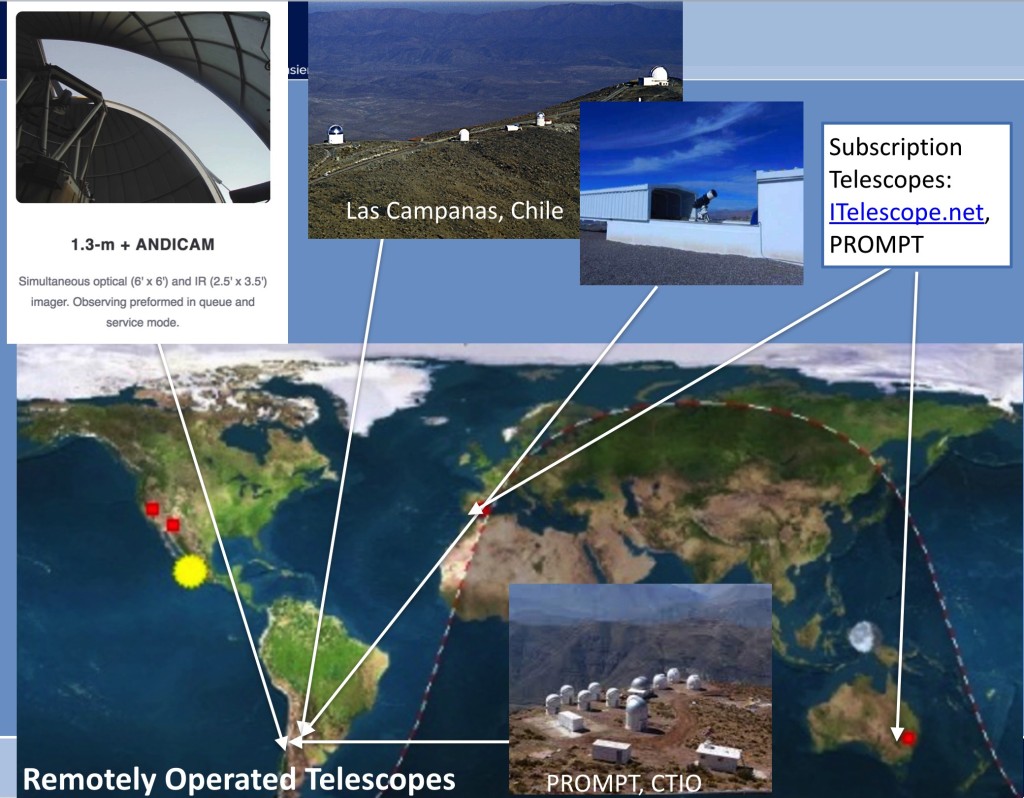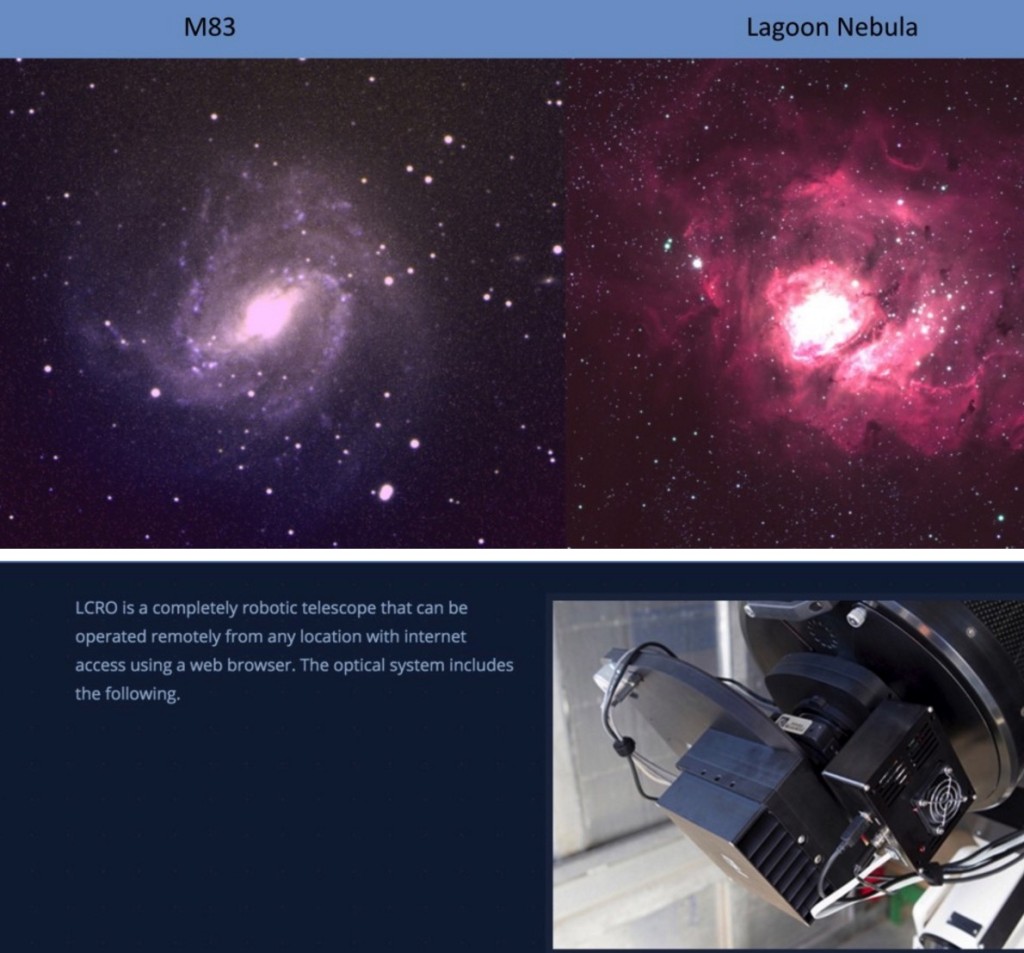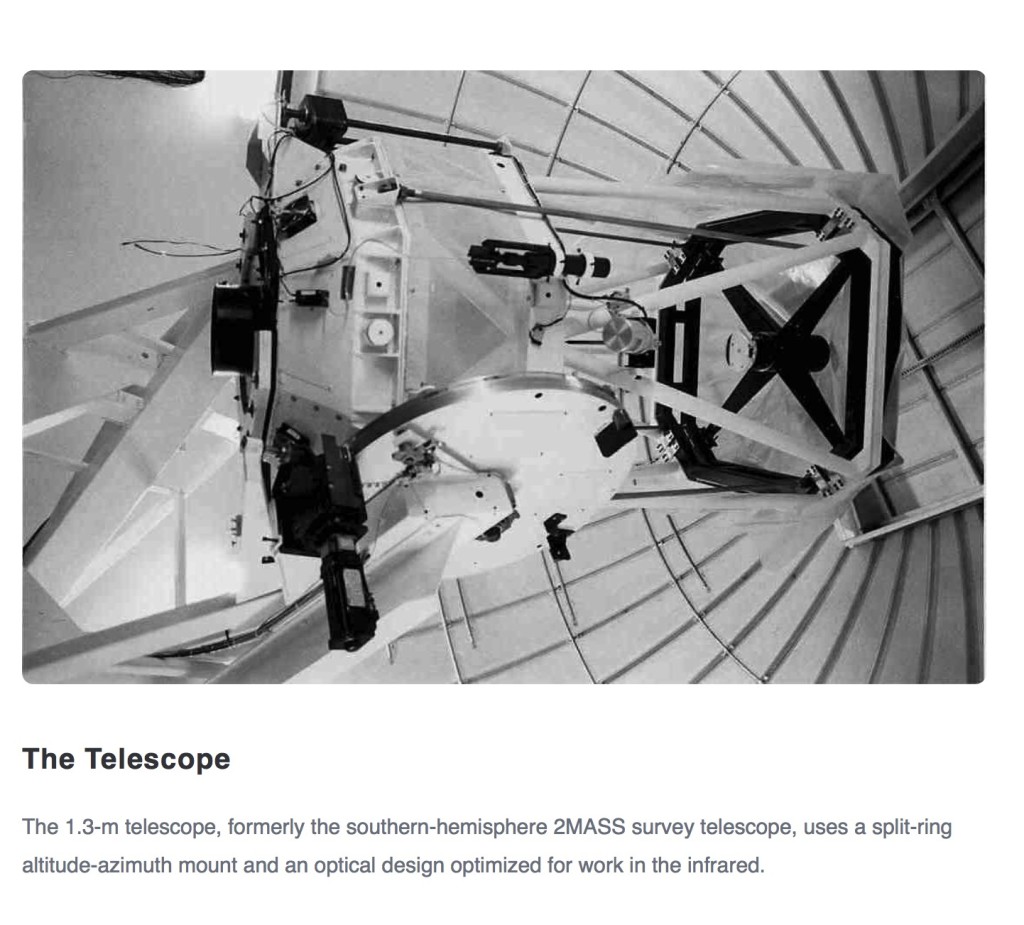As part of my summer research program, I have begun a collaboration with Varun Bhalero of IUCAA, the premier astrophysics organization in India, to combine the telescopes available to me from Yale-NUS with new observations from India’s first space telescope known as AstroSAT. AstroSat features a powerful suite of instruments and can image the sky in x-rays and ultraviolet light. My work, conducted using telescopes in Chile, combines the observations of high-energy photons emerging from galaxies, neutron stars, and black holes, with ground-based observations in the optical and infrared. Our GROWTH international summer research fellow, Gabi Mehta (Pomona, ’18) is helping develop these new observing programs with me, along with Silvia Lara (Yale-NUS, ’18). For our first projects we hope to monitor some compact x-ray emitting sources such as Cygnus X-1 with both ground and space-based observations. Hopefully this research will enable more detailed models of the environments surrounding black holes, neutron stars, and erupting “active” galaxies, and also provide new information useful for studying the physics of merging black holes and neutron stars. Below are some links to information on AstroSAT and some pictures of our remotely operated 1.3-meter telescope in Chile and the smaller 0.3-meter LCRO telescope. For this project (and some educational work) I am also acquiring blocks of telescope time using the PROMPT telescopes in Chile, and additional telescopes in Australia. This network is named Skynet – and is run by Dan Reichert at University of North Carolina. I am looking forward to harnessing some of these small telescopes for research and bringing our students into new astronomy work that forwards the research of AstroSAT!





